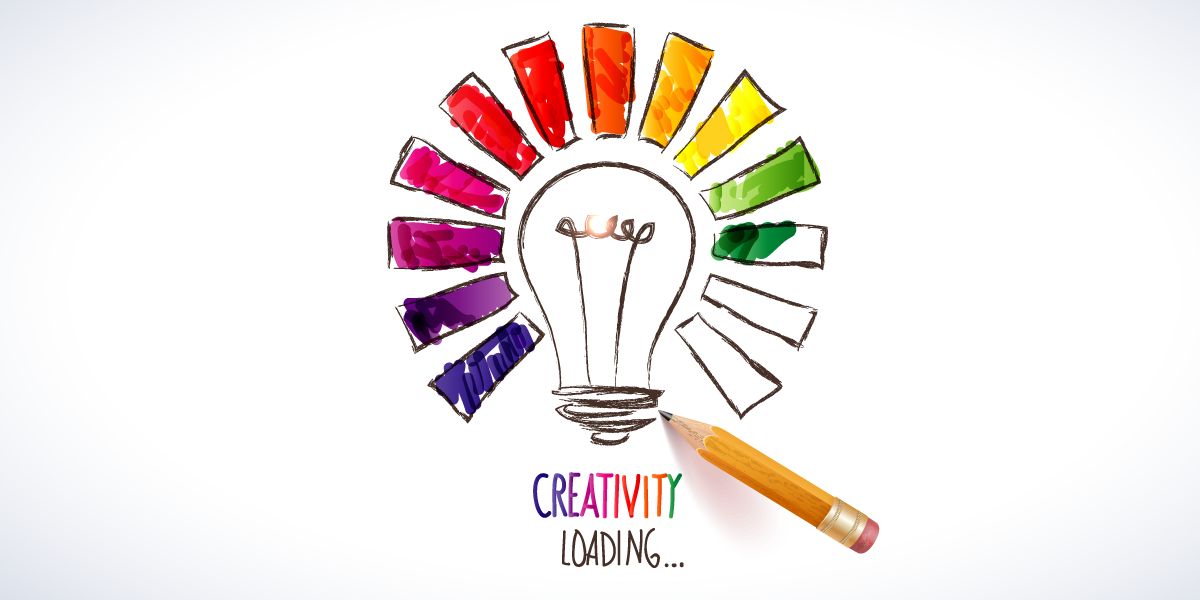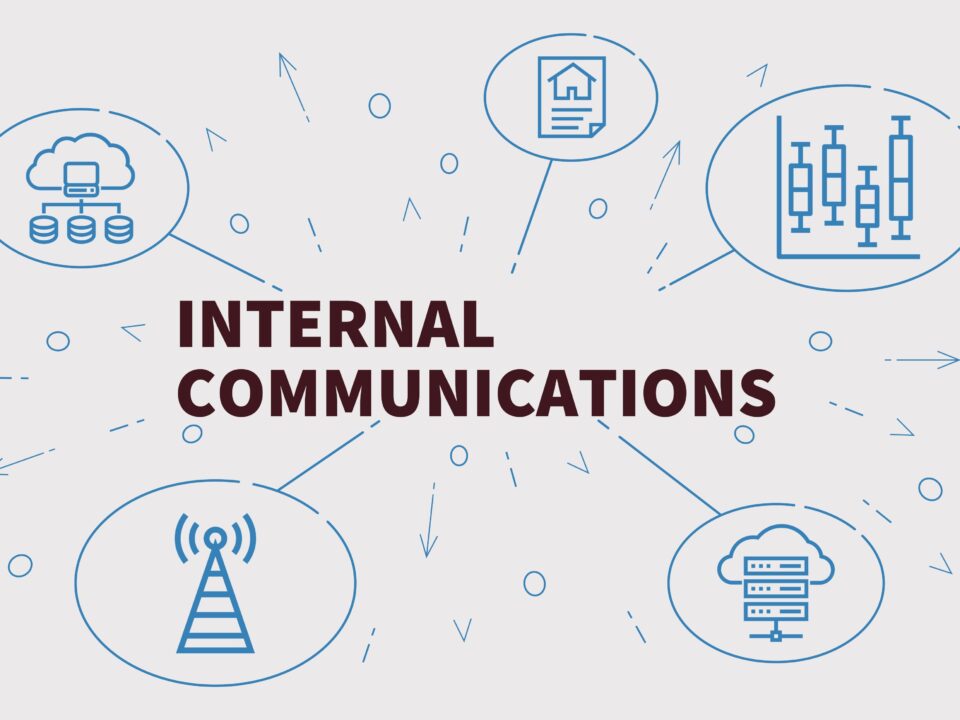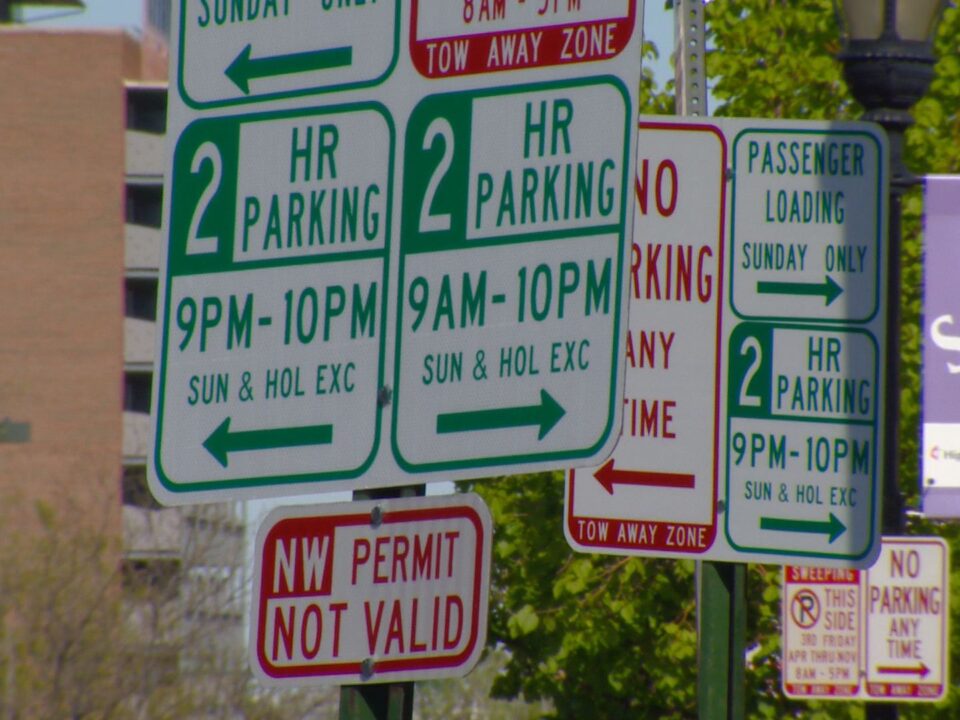
Using Creativity As A Business Advantage
October 1, 2014
‘Tis The Season to Add Pinterest to Your Social Media Collection
November 17, 2014
Electronic communication is becoming extremely popular in our everyday world. Because of this, how you communicate is important and will be noticed. Many inboxes get filled with unprofessional and poorly written e-mails. That’s why it’s always a good idea to take a minute to review your e-mail and consider your audience.
When important e-mails are misunderstood, your clients, managers, co-workers, or whoever is reading the e-mail will automatically draw conclusions about your professionalism. Think about the impression you want to make. Below, are a few basic guidelines that you should think about when you are e-mailing someone.
1) Create a subject line that will get noticed in a huge mass of emails.
- Make sure your subject line is related to the content of your email.
- When people look through emails, they look for any reasons to delete it rather than take the time to read it.
- Your subject line should grab the attention of your reader. It is your selling point. It should convince them to open the e-mail.
2) Always include a personalized salutation.
- Address the person correctly by their title. Make sure it is spelled correctly. Take the time to look it up online somewhere if you aren’t sure.
- When you craft the e-mail, keep in mind how you address your recipient. (Ex. “Mr.”, “Mrs.”, “Ms.”, “Professor”, “Dr.”) Based on my experience, it is polite if you start by addressing someone you have not talked to by using the examples above. If they prefer you to use their first name, they will tell you.
- Offer a polite greeting or introduction.
3) Always get right to the point.
- Organize your email so it states the main point, the request, or the question that needs to be addressed. It should be in the first sentence of your email or near the beginning.
4) Keep the e-mail succinct.
- Very few people will take the time to read through e-mails with several paragraphs.
- Brevity is extremely important. Who has the time to read through long, detailed emails?
- If you are unable to make the e-mail brief, the message should be relayed in person or over the phone.
5) If you are including attachments, make sure to reference them in your e-mail.
- Many people are busy and will overlook the attachments. They won’t realize they have them unless you mention them in your message.
6) Go over your e-mail one last time to make sure spelling and punctuation are accurate!
- If needed, use spell check. You need to double-check yourself. It is very easy to overlook a mistake when nobody else is giving it a second look.
7) Always use a professional and readable font.
- Make sure the font size is easy to read and not obnoxious.
- Your font color should be professional. You don’t need to make artsy e-mails unless you have some reason behind it.
8) Have a call to action with a response time, if needed.
- If you end your message by saying, “please respond as soon as you can”, it is too vague. People have different definitions of “as soon as you can.”
- If you want an immediate response, I suggest having a deadline to be specific.
9) Include a signature line.
- If anybody has any questions regarding your e-mail, make sure they can contact you.
- Try to have a full signature with your name, title, address, phone number, fax information, website, and e-mail and anything else that could be important.
- If you are contacting someone that you email frequently, a full signature may not be needed. In this case, you can simply have your name and contact information to keep it short and professional.
10) Make sure to be conscientious of your tone throughout your e-mail.
- Because there is nobody language involved in e-mail, the message can easily be misunderstood.
- Make sure to always consider your audience and keep your tone in a style that caters to that audience.
11) Avoid any shorthand or texting language and emoticons.
- Once again, think about your audience. Many people aren’t familiar with the language and will be confused by the message you are trying to convey.
12) Your e-mail address should not distract the reader in any way.
- Your e-mail address should be professional.
- Don’t use anything you used in high school or earlier. Most likely, it is inappropriate.
13) Respect the recipients’ time.
- It is a good rule of thumb to minimize the time it will take the recipient to process and respond to your e-mail. Sometimes this requires more time on your end to send the email, but doing so will ensure that you get a timely and relevant response.
- Some people never respond which is a huge drain on productivity, but there are also people who will respond instantly, which is a blessing.
- Try to cater your e-mail so that you’re accommodating to the recipient.



